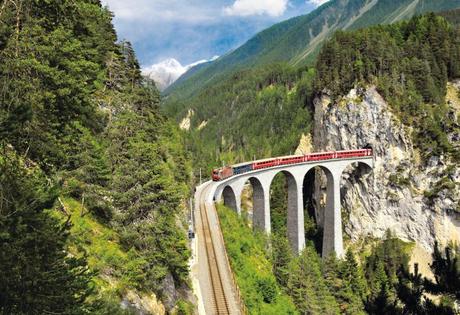
Here's a fun fact for anyone looking to be more eco-friendly when exploring the continent this summer: if you take the train instead of flying, you can reduce the carbon footprint of your getaway by up to 90 percent. Plus, if you follow our headache-free hacks, it doesn't have to be as expensive or complicated as you imagine - and we guarantee it will make your trip all the more magical.
Trust us, it's easy
A world away from the queues and stress of airports, traveling by train in Europe is a piece of cake in comparison. After a quick, centre-to-centre Eurostar from London to Brussels, Paris or Amsterdam, the continent's rail lines form a map of possibilities, heading to northern Norway, the banks of the Bosphorus in Istanbul, the far south of Spain and thousands of exciting stopovers. Convenient online booking, fast trains, reasonably priced fares and incredible scenery await - just like traveling without a carbon-conscious conscience.
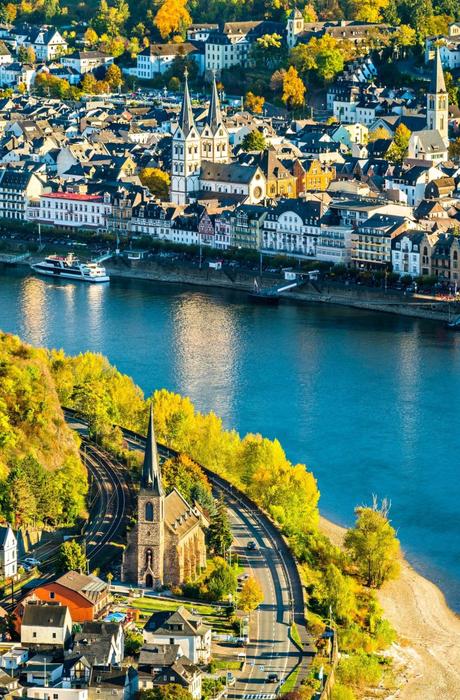
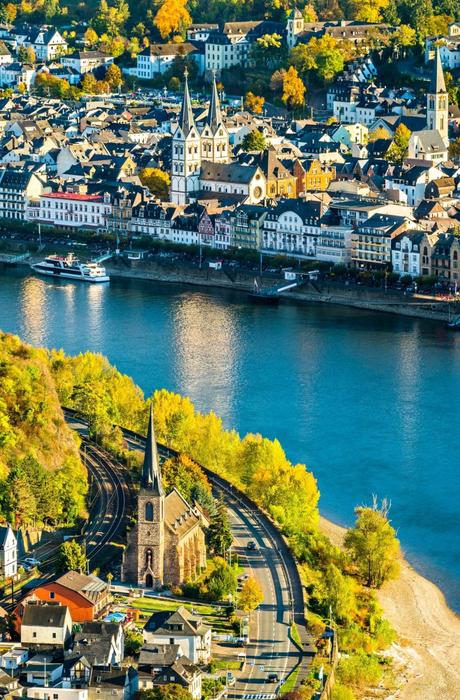
Book in advance
Booking is an area where you need to think the same as when you fly. For the widest availability and cheapest rates, book early. Most services open three to four months before departure, with Eurostar available for booking six to eight months in advance. Although restrictions vary, in many countries seat reservations are always a good idea and mandatory for high-speed and premium services. In high season, many popular trains, such as the TGV Lyria trains from Paris to Swiss cities and Nightjet sleeper trains, sell out well in advance. Booking in advance will also save you the cost of many intercity and regional trains for which you cannot reserve seats. Trainline.com is useful for many international trips, but also compare the booking sites of the national carriers.
Give us a pass
An Interrail pass to explore Europe as a continent or individual countries still works as a system, much as it has for generations, offering flexible, unlimited travel for the duration of the pass. It's usually easiest to access through apps on your phone, but that's not always the best option: point-to-point fares can be cheaper than a pass, especially if you book them well in advance, and for some Fast trains have prohibitive surcharges and limited availability, especially in high season, so check that a pass even gives you access if you're traveling on popular routes during peak hours. But in addition to the unbeatable feeling of freedom, Interrail also offers free or discounted travel on many ferries, cable cars, museum entrance fees and more.
The story continues
Try a night on the rails
The new generation of night trains has transformed travel across the continent. Nightjet routes, which radiate from Austria and are operated by the national railway company (ÖBB), offer modern, comfortable couchettes and chic sleeping cabins, some of which come with showers. Newer trains between Hamburg and Vienna offer innovative private mini-suites - cabins for one - with more to follow on other routes soon. There are more fantastic sleeper trains across Europe - try Zurich in Switzerland to Ljubljana in Slovenia for a nighttime odyssey along moonlit rivers and snow-capped mountains, or our very own Caledonian Sleeper from London Euston to the Scottish Highlands.
Dining cars and picnics in the carriage
In addition to their excellent network of comfortable, affordable trains, Czech Railjet services are among Europe's best choices for meals in a well-stocked dining car. Sirloin steak, dumplings and cranberries washed down with a Czech beer on tap or Bohemian sparkling wine, does that sound delicious? Look for great happy hour prices. Polish, Swiss and Austrian intercity trains and Spanish start-up Iryo are also reliable choices if you want to eat on the rails. There's always the option for an in-seat picnic: considerate passengers may want to avoid the particularly fragrant cheeses and scatter those baguette crumbs.
Allow extra time
Delays may occur, so keep that in mind and make sure you have enough time to connect. They're rarely a big drama: most major routes have many services on a daily basis, so you're unlikely to fall far behind your plans. Night trains in particular, with their complex journeys and the addition or removal of carriages along the route, can be prone to slowness. Wherever you are, if your connection runs out of buffers, track down your train's guard to get advice on whether you can travel on the next service or if you need a new ticket. Make sure you have travel insurance, just in case. Many apps, such as Rail Planner or Omio, allow you to reconfigure cascading connections in no time.
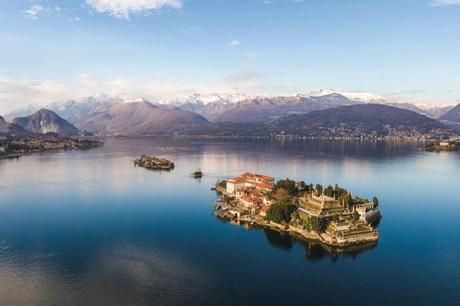
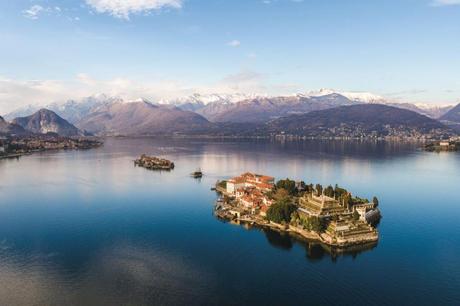
Go outside and look outside
One of the best aspects of traveling by train is sitting on a quiet sideline and seeing unexpectedly beautiful scenery. Little-known delights are to be found everywhere: the slower route from Florence to Rome via Perugia passes a succession of Umbrian hill towns. The route from Barcelona to the French border at Latour de Carol, on the other hand, is three hours through the rolling Pyrenean landscape. A trip along Germany's Moselle, from Koblenz to Trier, is a delightful detour to this corner of Europe's enchanting wine country. In Slovenia, try taking a detour from the main line to enjoy views of the Julian Alps, the SoÄa River and a glimpse of Lake Bled on the scenic trundler from Jesenice to Nova Gorica on the Italian border.
Bring few clothes, but lots of gadgets
The best packing strategy remains to pack as light as possible - lugging large bags on crowded trains is never fun - but make sure you have everything you need to stay connected. Wi-Fi is becoming increasingly common, albeit often unreliable. Although many trains have power outlets, a battery is a useful backup, and noise-canceling headphones can double as earplugs if you're sharing a berth. For an extra rewarding experience, take them out to chat with friendly fellow passengers; they're probably as happy as you are that you're not on a crowded plane.
Tom Hall is a writer and obsessive railway enthusiast Lonely planet. His happy place is pulling up to Zurich's Hauptbahnhof in summer, knowing that a dip in the Limmat River is just a few minutes' walk away. He has written and contributed to many Lonely Planet titles, including Flight-free Europe, guide to train travel in Europe And The best in travel. He also contributed to the upcoming Lonely Planet's amazing train journeys around the world.
